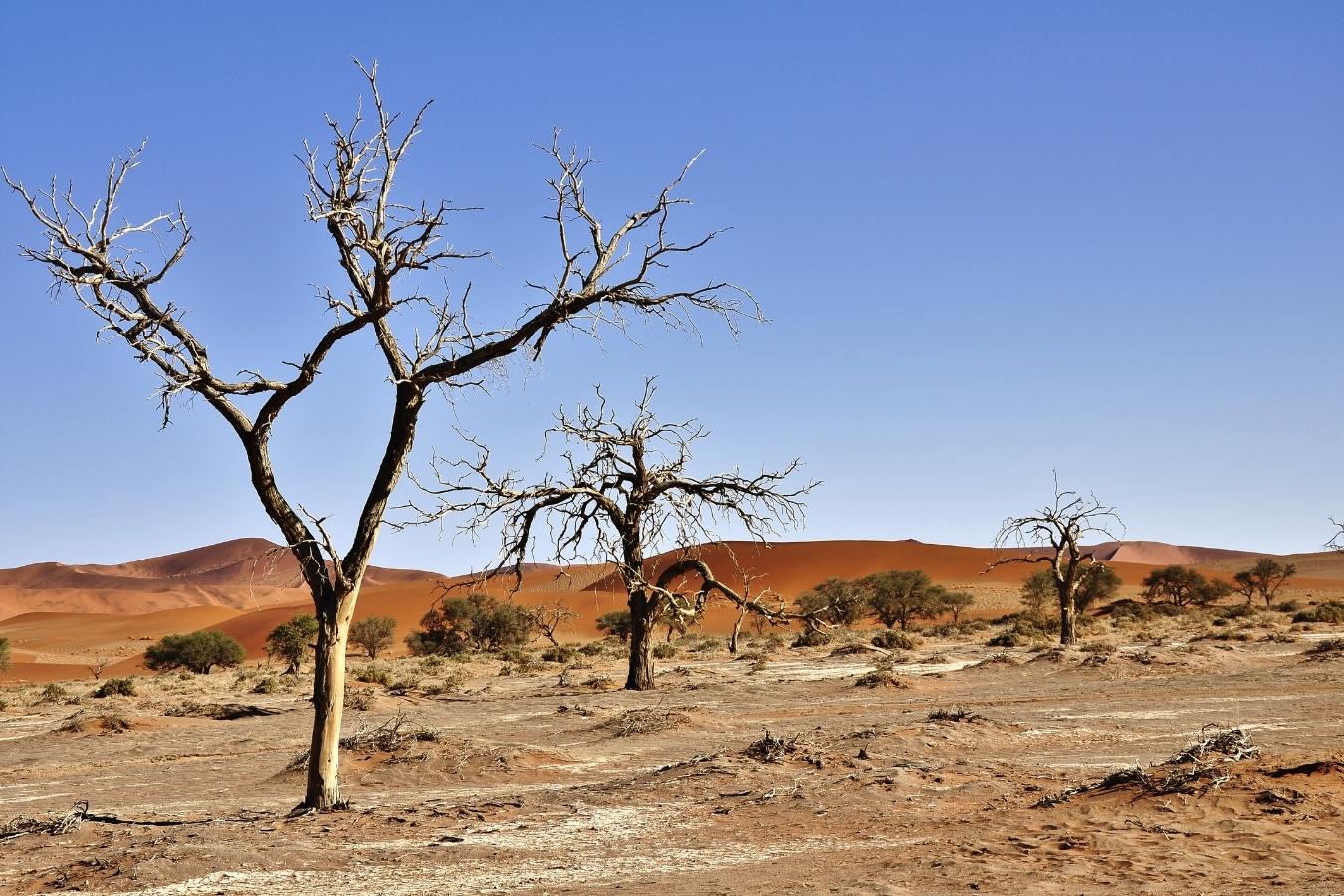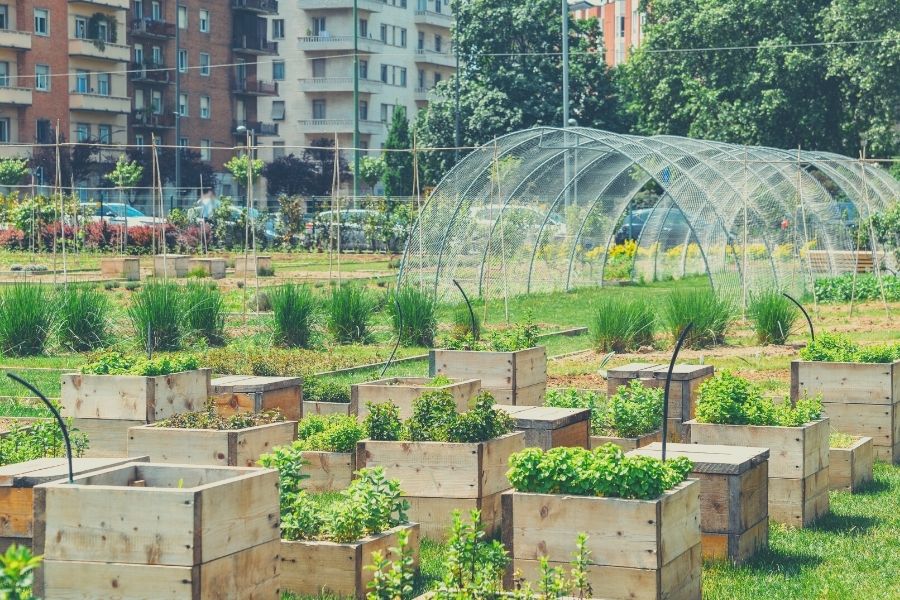Desertification is defined as “the permanent degradation of land that was once arable,” as per the National Geographic. This means that the land, which was once rich and capable of producing, is no longer able to sustain life. It is depleted from necessary minerals and no longer fertile.
This is usually caused by humans in areas that tend to have little to variable rainfall, also called drylands. Industrialized farming and deforestation play leading roles in deteriorating the soil. This coupled with changes in the climate, create potential for serious environmental crises.
Desertification is a global issue which affects 250 million people and is predicted to displace another 135 million by 2045. (United Nations Convention to Combat Desertification). A little more than half of earth’s non ice covered land is dryland and is at risk for desertification.
Impact of Desertification
1. Loss of Habitat
Animals and insects use vegetation as their food, shelter, protection and place of reproduction. The drying of an area means losing plants and trees that provide necessary habitat that help animals stay alive.
2. Endangerments and Possible Extinctions of Species
As land degradation occurs and it becomes a desert, entire ecosystems collapse. This leads to the death of the local wildlife populations. If a species already happens to be low in numbers, it would easily contribute to the possible extinction of its population.
3. Loss of Biodiversity
Many plant and animal species are not able to adapt to the quick changing environment. This leads to the loss of plant, insect and animal biodiversity as well as the breaking down of the area’s natural ecosystems. Loss of biodiversity can have a serious impact on human health. It increases the risk of infectious diseases and could negatively influence future medical discoveries. As many medicines are created from the natural properties in vegetation, losing biodiversity impacts potential discoveries in the medical field.
The loss of biodiversity also indirectly impacts the local community’s social structures and livelihoods. This could lead to poverty, population migration and conflict.
4. Food Scarcity
As the land becomes more degraded and desert-like, it becomes harder to grow and produce food. This puts a massive strain on farmers and the local people. It also creates a higher risk of poverty and malnutrition.
5. Water Scarcity
Desertification has a direct impact on water reserves and the availability of water resources. It influences both water quantity and quality. This puts tremendous limitations on the environment and on the ability to successfully grow food. In addition, local communities would be at increased risk of foodborne diseases caused by the lack of clean water and poor hygiene.
What Can We Do To Fight This?
The best way to combat desertification is by identifying at risk regions and implementing prevention strategies. Reforesting these locations is the best way to naturally combat desertification. Planting forests increases biodiversity and rebuilds ecosystems. Trees absorb carbon from the air and naturally cool the temperature of its surroundings.
In at risk farming areas, strategies include implementing sustainable agriculture techniques that replenish the soil instead of stripping it from vital nutrients. Education is also an important tool to teaching local communities sustainable techniques that will help both the land and their long term livelihoods.
Salento At Serious Risk Of Desertification
One of the areas at serious risk of desertification is the Salento Peninsula in southern Italy. This region’s main industry has been agricultural. Exporting olive oil started way back in 2500 B.C with the Phonecians and then Greeks.
Today the Puglia region has 60 million olive trees extending over 370,000 hectares (914,290 acres) of land. A deadly plant pathogen called Xylella Fastidiosa was discovered in 2013 and has reeked environmental, cultural and social havoc. It’s affected 22 million olive trees and has completely dried out 6 million trees as of 2021.
The loss of vegetation, which has contributed to the increase of local temperatures, and the stripping of the soil’s nutrients, due to hundreds of years of monocultivations, seriously put the region at high risk of desertification.
How The Olive Tree Project Is Helping
OTP is combating desertification in Salento by raising awareness both nationally and internationally, people become consciously informed on the current situation and can contribute to making a change. As a society we need to better understand how the choices we make everyday impact the world around us.
> Read about how trees benefit us, here.
> Read about the EU’s plan to plant 3 billion trees by 2030, here.
Sources: National Geographic Article, Britannica, Conserve Energy Future, World Health Organization; Biodiversity and Health,






